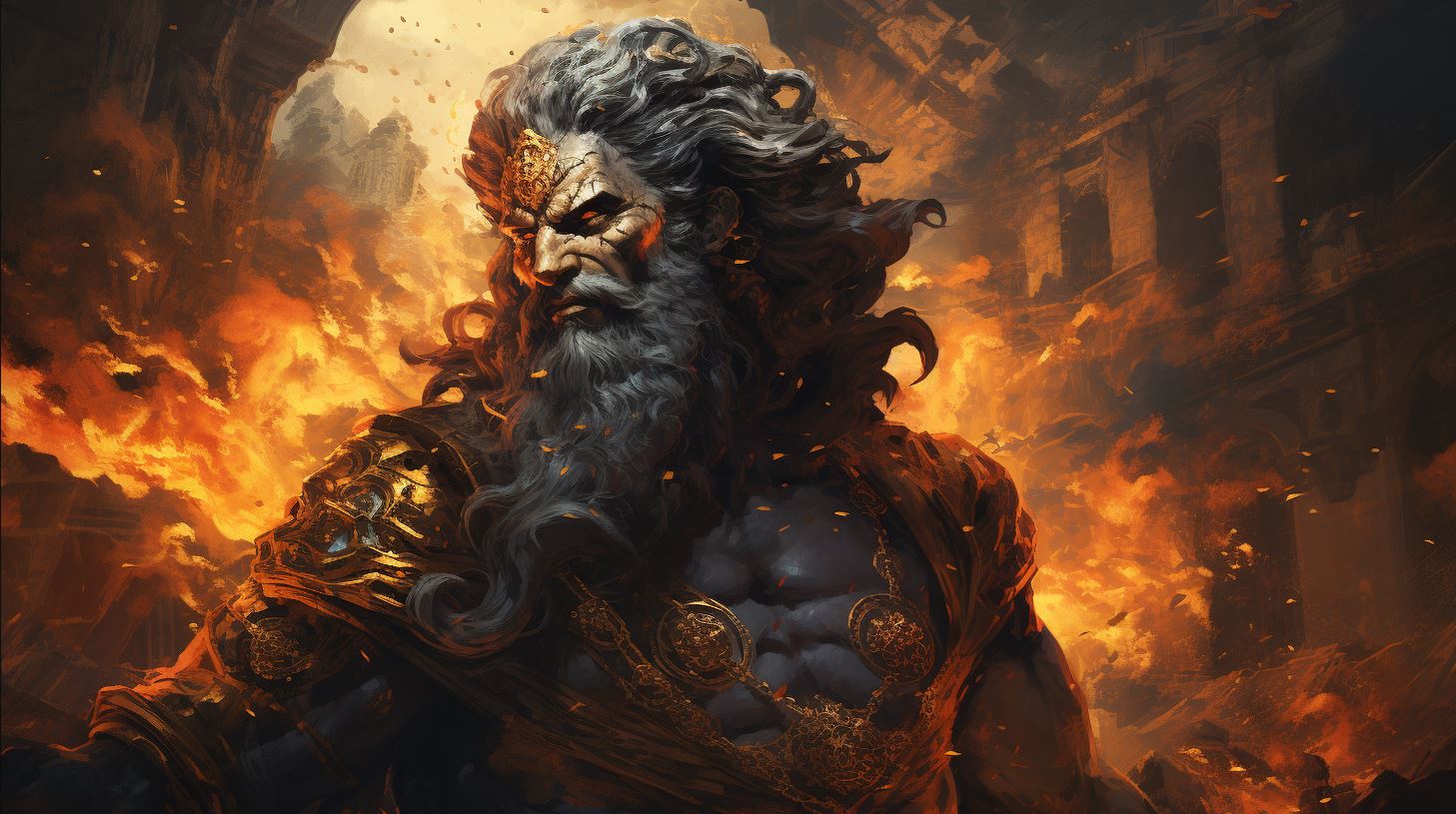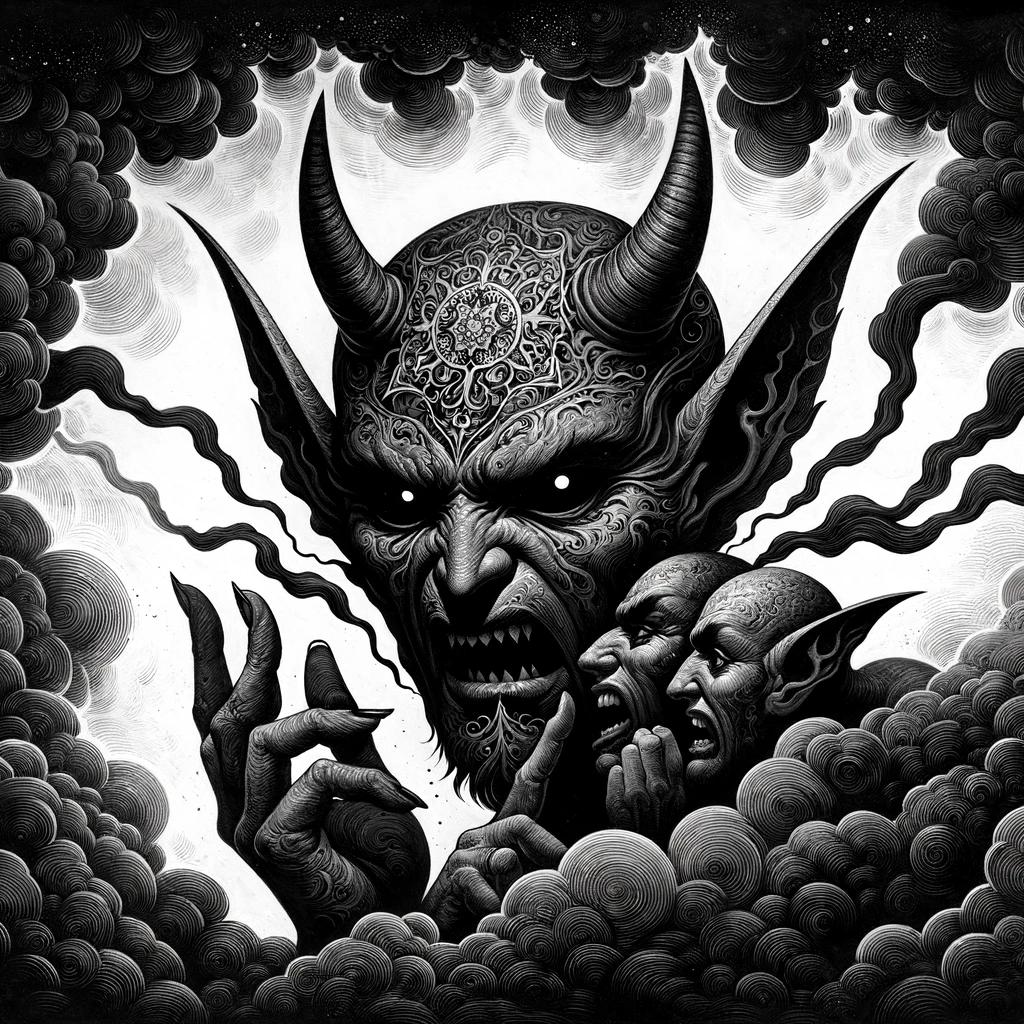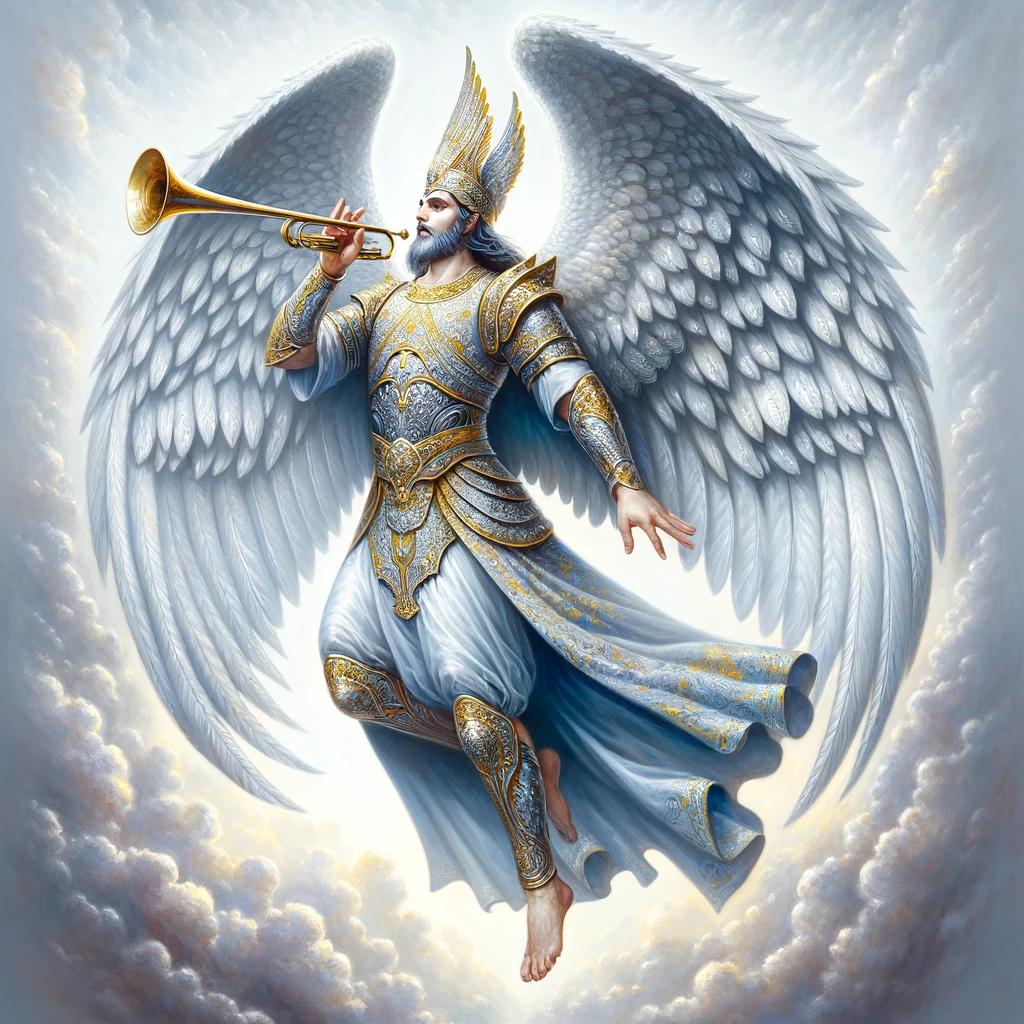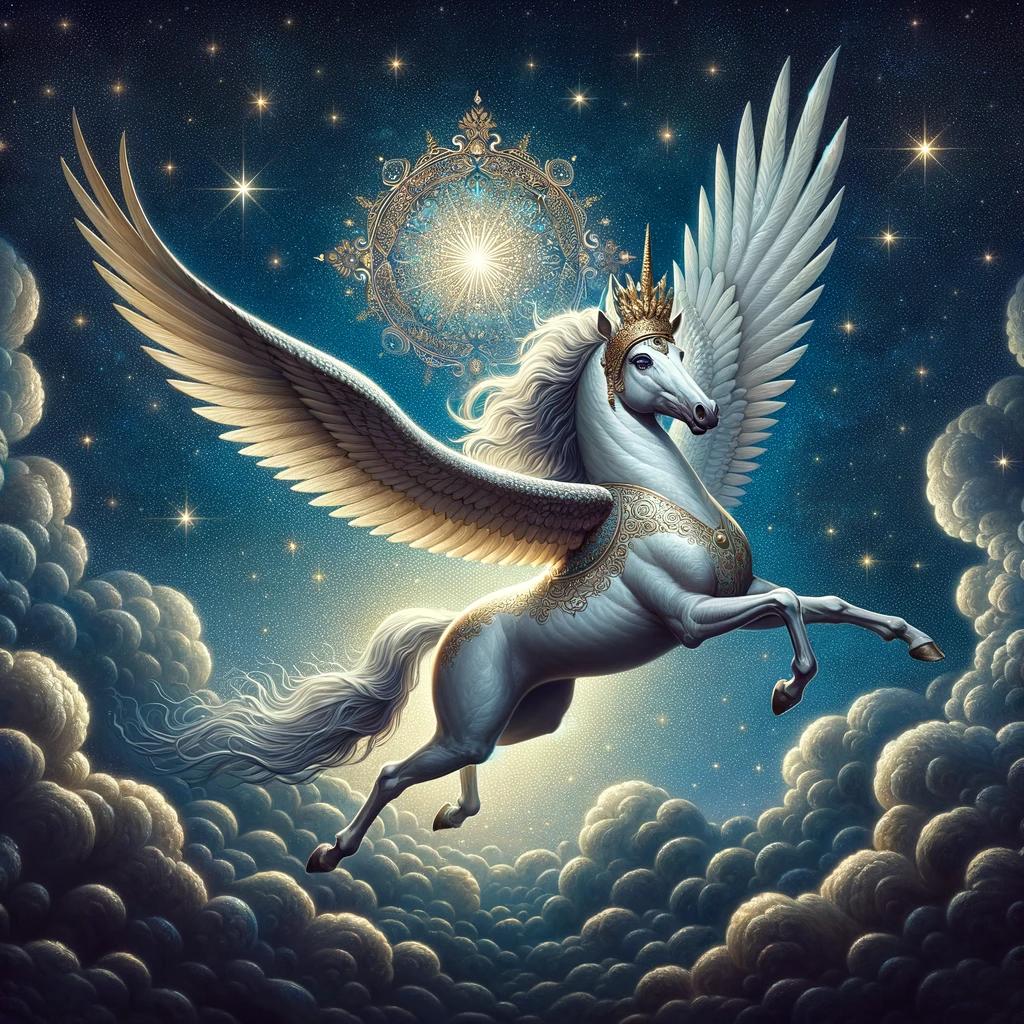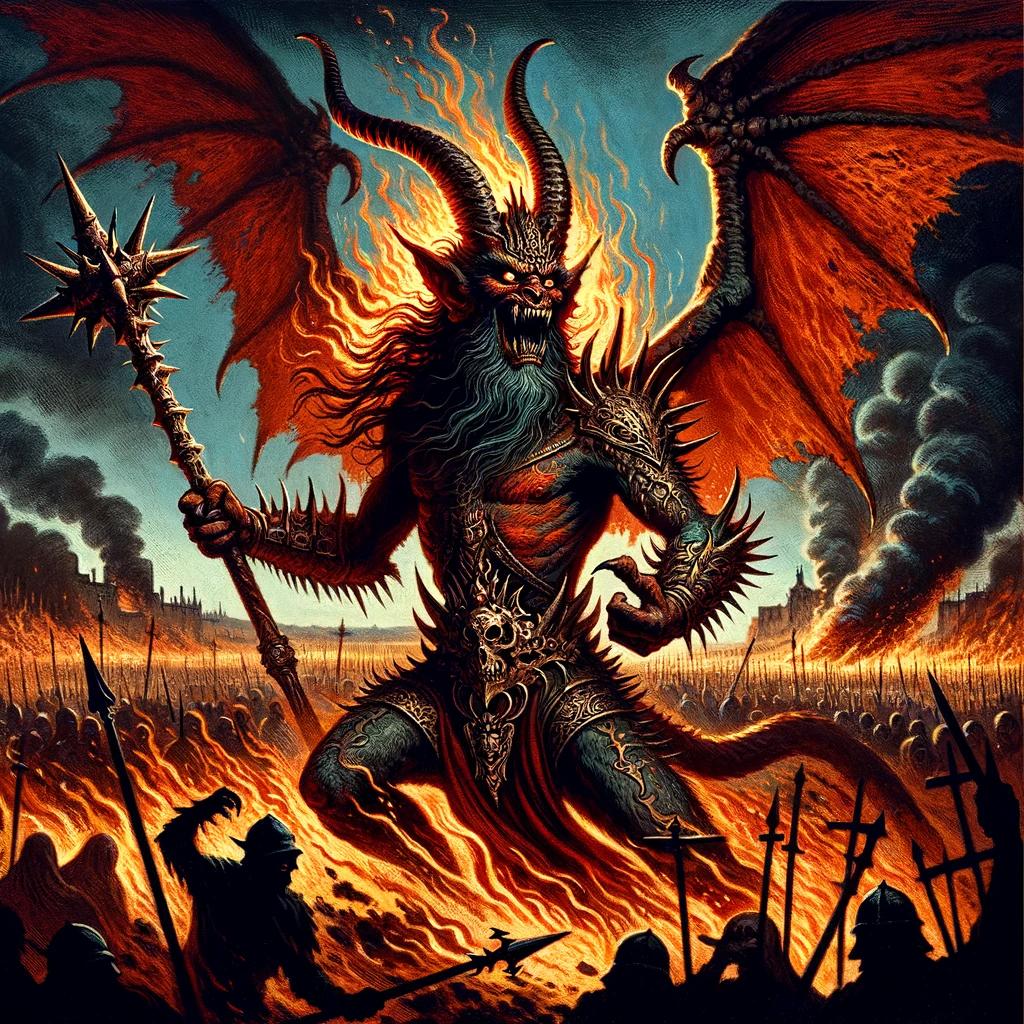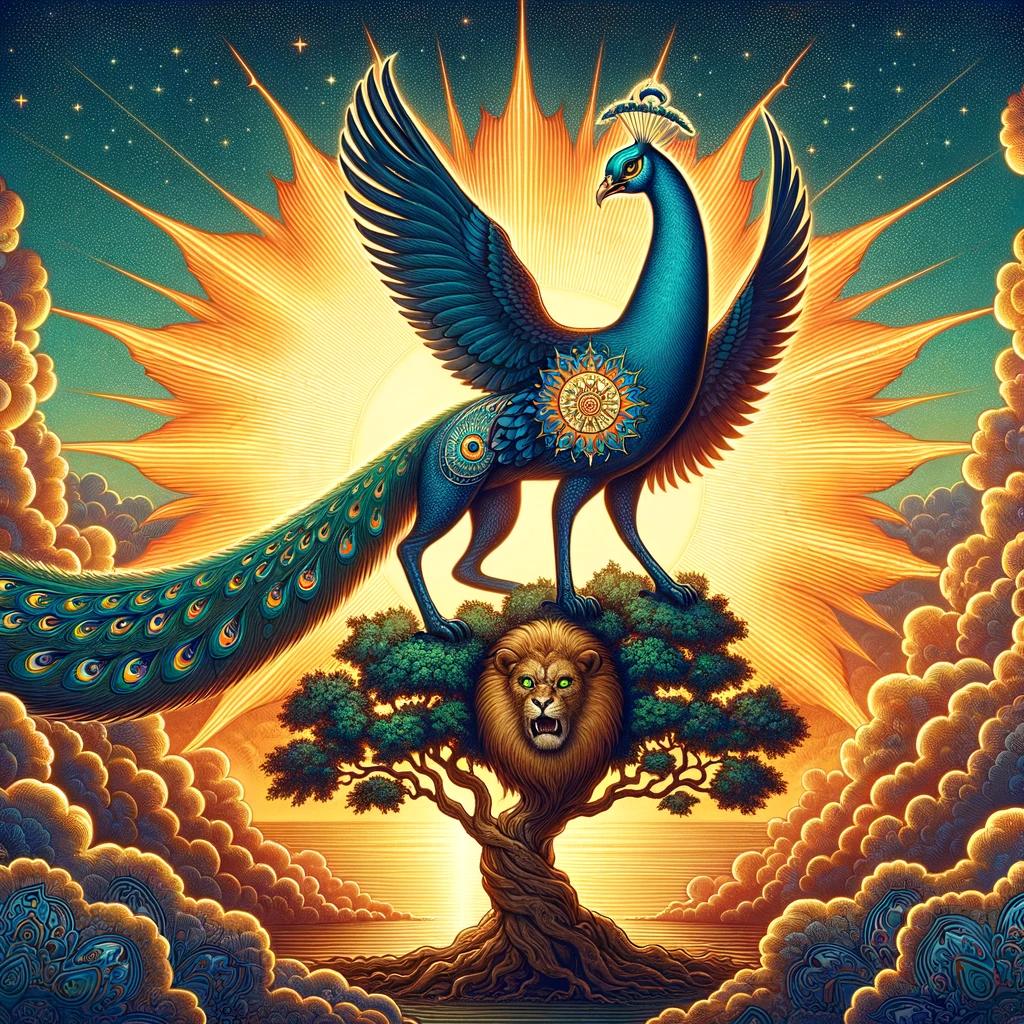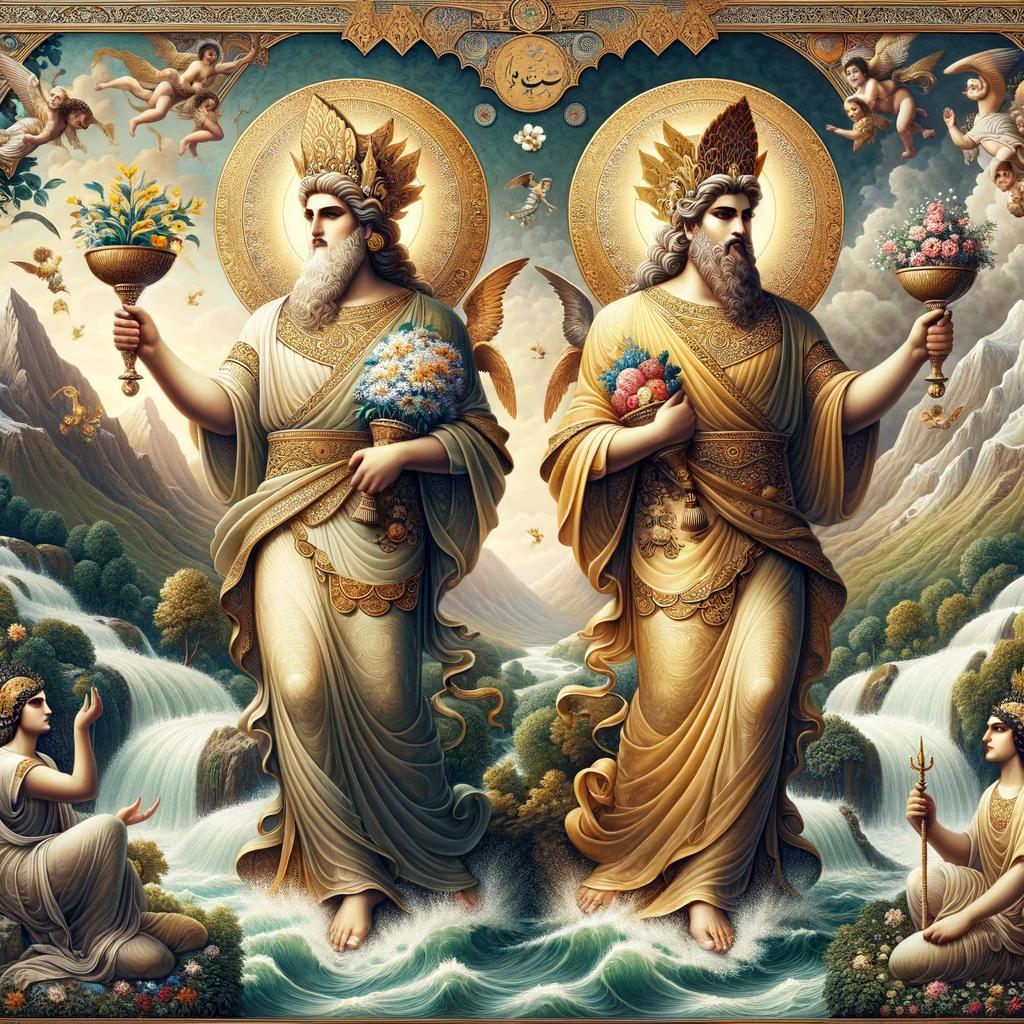‘Atar Persian God: Unveiling the Sacred Fire of Ancient Persia’

The worship of Atar, the Persian god of fire, holds great significance in the ancient Zoroastrian religion. Fire is considered a symbol of divinity and plays a vital role in Zoroastrian beliefs, rituals, and worship.
Alongside Atar, other gods and goddesses like Ahura Mazda, Angra Mainyu, and Ardvi Sura Anahita contribute to the rich mythology of ancient Persia. This article delves into the historical context of Zoroastrianism, explores the worship of Atar, and examines the interpretations and evidence surrounding this revered deity.
Additionally, it discusses the enduring cultural significance of Atar in contemporary Zoroastrian practices.
The Significance of Fire in Zoroastrianism
The ancient religion of Zoroastrianism places great importance on the element of fire. Fire holds a central role in the beliefs and practices of Zoroastrians, representing both a tangible and symbolic connection to the divine forces.
The Role of Fire in Zoroastrian Beliefs
In Zoroastrianism, fire is considered to be a pure and sacred entity. It is believed to be an instrument of Ahura Mazda, the supreme god in Zoroastrianism, representing his wisdom, light, and warmth.
Fire is seen as a vital force that brings illumination, purification, and transformation to the world.
Fire as a Symbol of Divinity in Zoroastrianism
Within Zoroastrian theology, fire serves as a visible symbol of divine presence and power. It is considered an intermediary between the physical and spiritual realms, acting as a channel through which prayers and offerings can reach the divine realm.
The perpetual flame of fire reflects the eternal nature of the divine and the continuity of creation.
The Use of Fire in Zoroastrian Rituals and Worship
In Zoroastrian rituals and worship, fire holds a central role. It is meticulously cared for and venerated in sacred fire temples, where it is kept burning continuously as a divine flame.
Zoroastrians gather around the fire to offer prayers, perform rituals, and seek spiritual guidance. Fire is believed to possess the power to cleanse, protect, and bless those who approach it with reverence.
Fire is also utilized in various religious ceremonies and celebrations, such as the Navjote initiation ceremony and the Yasna ritual. The ritualistic use of fire emphasizes the importance of maintaining a spiritual connection with the divine and upholding the teachings of Zoroastrianism.
The Cult of Atar in Persian Mythology
The Cult of Atar holds a significant place in Persian mythology, centered around the worship and reverence of Atar, the Persian god of fire. This ancient deity is revered for the powerful symbolism associated with fire and its divine qualities within Zoroastrian beliefs.
Atar: The Persian God of Fire
Atar is widely regarded as the embodiment of fire in Zoroastrianism, representing its transformative and purifying properties. As the god of fire, Atar is believed to possess immense power and serves as an intermediary between the physical realm and the spiritual plane.
His divine nature influences various aspects of Zoroastrian philosophy, rituals, and religious practices.
Atar’s Role in Zoroastrianism
Within Zoroastrianism, Atar plays a crucial role in the cosmic order and the ongoing battle between good and evil forces. As a divine entity, Atar symbolizes purity, truth, and enlightenment. His presence is believed to guard against evil influences and provide spiritual guidance to followers of the faith.
Atar’s association with fire is deeply intertwined with the concept of divine justice in Zoroastrianism. The sacred fire that represents Atar is seen as the ultimate judge, discerning between truth and falsehood.
It is believed that through the flames, Atar grants blessings, protects the righteous, and dispenses justice upon the wicked.
Worship and Devotion to Atar in Ancient Persia
In ancient Persia, the worship of Atar was a central aspect of religious life. Dedicated temples and altars were constructed to honor Atar, where sacred fires burned continuously as a testament to the deity’s divine presence.
Devotees offered prayers and performed rituals to express their devotion, seeking blessings, purification, and spiritual connection.
Followers believed that the veneration of Atar would safeguard them from harm and grant them favor with the divine.
Atar’s presence was considered sacred and invoked during significant life events, such as births, marriages, and deaths, as a symbol of divine protection, wisdom, and enlightenment.
The profound influence of the Cult of Atar in Persia’s history, mythology, and religious practices continues to shape the cultural identity of modern-day Zoroastrians.
The enduring reverence for Atar underscores the fundamental importance of fire in Zoroastrianism and its symbolism as a powerful representation of the divine.
The Mythology of Persian Gods and Goddesses
The rich mythology of Persian gods and goddesses is a fascinating aspect of Zoroastrianism, providing insight into the religious beliefs of ancient Persia. This section explores some of the key divine figures in Persian mythology.
Ahura Mazda: The Supreme God in Zoroastrianism
Ahura Mazda is considered the supreme god in Zoroastrianism, representing light, truth, and goodness. As the creator and sustainer of the universe, Ahura Mazda embodies the principles of righteousness and order.
In Persian mythology, Ahura Mazda is depicted as a wise and benevolent deity, guiding humanity towards good thoughts, good words, and good deeds.
Angra Mainyu: The Evil Spirit in Persian Mythology
Angra Mainyu, also known as Ahriman, is the evil spirit and the antithesis of Ahura Mazda.
In Persian mythology, Angra Mainyu represents chaos, darkness, and destruction. As the embodiment of all that is wicked, Angra Mainyu seeks to corrupt and tempt humanity away from righteousness.
This eternal battle between Ahura Mazda and Angra Mainyu forms a central theme in Zoroastrian mythology.
Other Gods and Goddesses in Persian Mythology
- Mithra: Mithra is a significant deity in Persian mythology, associated with the sun, contract, and justice. Often depicted as a warrior god, Mithra symbolizes courage and loyalty.
- Hvar Ksata: Hvar Ksata is the divine spirit of the sun, representing its celestial power and radiance.
In Persian mythology, Hvar Ksata is revered as a benevolent deity who brings life and vitality.
- Ardvi Sura Anahita: Ardvi Sura Anahita is a goddess associated with water, fertility, and healing.
She is often depicted as a majestic figure, adorned with a crown of rays and holding the symbol of abundance.
These are just a few examples of the diverse pantheon of gods and goddesses in Persian mythology.
Each deity holds a unique role and significance, influencing various aspects of life and cosmic balance in Zoroastrianism.
The Historical Context of Zoroastrianism and Atar Worship
In order to understand the significance of Atar, the Persian god of fire, it is important to explore the historical context within which Zoroastrianism and the worship of Atar developed. This section delves into the ancient Iranian religion and the origins of Zoroastrianism, tracing the roots of this influential belief system.
Ancient Iranian Religion and the Origins of Zoroastrianism
Before the emergence of Zoroastrianism, ancient Iran was home to a diverse range of religious beliefs and practices. Evidence suggests that an early form of proto-Zoroastrianism began to evolve around the second millennium BCE.
This nascent faith laid the groundwork for the development of Zoroastrianism, which would later become the dominant religion of the Persian Empire.
According to historical accounts and archaeological findings, Zoroastrianism was founded by the prophet Zarathustra (Zoroaster) during the 6th or 7th century BCE.
Zarathustra’s teachings centered around the concept of a supreme deity, Ahura Mazda, and the eternal battle between good (Asha) and evil (Druj).
Development of the Temple Cult of Fire
Within the framework of Zoroastrian belief, fire symbolized the radiant presence of Ahura Mazda and was regarded as a sacred element. Over the centuries, the worship of fire grew into a central aspect of Zoroastrian practice.
The establishment of the Temple Cult of Fire further solidified the significance of fire in Zoroastrian rituals. Dedicated fire temples became architectural marvels of the ancient world, serving as centers of worship and places for the perpetual keeping of flames.
Atar Worship during the Sassanid Era
The Sassanid Empire (224-651 CE) marked a period of flourishing Zoroastrianism and the elevation of Atar, the Persian god of fire, within the religious pantheon. During this era, Atar worship became increasingly prominent, and fire temples were meticulously maintained as vital hubs of spiritual devotion.
Atar was revered not only as a symbolic representation of divine radiance but also as a protector and purifier. The Sassanid kings considered themselves the earthly manifestations of Atar and utilized their perceived divine authority to promote Zoroastrianism throughout their empire.
Despite the eventual decline of the Sassanid dynasty and the spread of Islam, the reverence for Atar persisted among pockets of Zoroastrians who sought to maintain their religious traditions.
In conclusion, understanding the historical context of Zoroastrianism and the worship of Atar provides valuable insights into the cultural and religious significance of fire within this ancient faith.
The evolution of Zoroastrianism, the establishment of fire temples, and the prominence of Atar worship during the Sassanid era all contribute to a deeper understanding of the role of fire in the spiritual practices of ancient Persia.
Interpreting Atar in Texts and Archaeological Evidence
Exploring the ancient texts and archaeological evidence provides valuable insights into the interpretation of Atar, the Persian god of fire, in the context of Zoroastrianism. These sources shed light on the beliefs, rituals, and symbolism associated with Atar worship.
Ancient Texts and References to Atar
A variety of ancient texts give us glimpses into the role and significance of Atar in Persian mythology. The Avesta, the primary scripture of Zoroastrianism, contains hymns dedicated to Atar, highlighting the veneration accorded to this celestial deity.
References to Atar can also be found in other ancient Persian texts and inscriptions, such as the Bundahishn and the Yasna Haptanghaiti. These texts provide valuable information about Atar’s associations with creation, purification, and enlightenment.
Discoveries and Artifacts related to Atar Worship
Archaeological excavations have revealed numerous artifacts and structures linked to Atar worship in ancient Persia. Temples dedicated to Atar were constructed, showcasing the central role of fire in religious practices.
Discoveries of fire altars, fire pits, and fire temples provide tangible evidence of the rituals performed to honor Atar.
Important artifacts, such as fire utensils and ceremonial vessels, have also been unearthed, reflecting the elaborate ceremonies associated with Atar worship.
Debates and Interpretations on Atar in Modern Scholarship
Interpreting the significance of Atar in Zoroastrianism has been the subject of scholarly discussions and debates. Different theories have emerged regarding Atar’s celestial nature and his associations with other deities, particularly within the context of the dualistic struggle between Ahura Mazda and Angra Mainyu.
Modern scholars continue to analyze ancient texts, archaeological findings, and comparative mythology to deepen our understanding of Atar and his role in Zoroastrian belief systems. The interpretations and debates surrounding Atar contribute to ongoing research in the field of Persian mythology and religious studies.
As we delve into the realm of ancient texts and archaeological evidence, our understanding of Atar’s significance in Zoroastrianism becomes more nuanced. The interplay between ancient texts, archaeological discoveries, and scholarly interpretations offers a rich tapestry of knowledge, helping us decipher the enigmatic role of Atar in Persian mythology and religious practices.
The Reverence for Atar in Contemporary Zoroastrianism
The worship and devotion to Atar continue to hold a significant place in modern Zoroastrian practices. Atar, the Persian god of fire, is revered as a symbol of divine purity and the embodiment of sacred energy.
Zoroastrians consider fire as a powerful force that represents the presence of the divine in their lives. Today, Atar is honored in various ways within Zoroastrian communities across the globe, carrying forward the rich traditions and beliefs associated with this ancient deity.
Atar in Zoroastrian Practices Today
In contemporary Zoroastrianism, Atar is venerated through the maintenance of sacred fire temples. These fire temples are regarded as sanctuaries where the eternal flame, representing Atar, is kept alive and worshipped.
Priests, known as mobeds, carefully tend to the fires and perform rituals to invoke the blessings and protection of Atar. Zoroastrians visit these temples to offer prayers, seek guidance, and connect with their spiritual heritage.
The Legacy of Atar and Its Cultural Significance
The reverence for Atar extends beyond religious practices and has left an indelible mark on Persian culture. Fire, as a symbol of purity and enlightenment, continues to be deeply ingrained in the cultural fabric of Iran and surrounding regions influenced by Zoroastrianism.
Atar’s legacy can be witnessed in traditional Persian art, architecture, and even daily life. The respect and admiration for Atar serve as a testament to the enduring cultural significance of this ancient deity.
Modern Perspectives on Atar and Its Continuing Influence
While Zoroastrianism may have evolved over time, Atar’s influence remains significant in the modern world. Scholars and researchers continue to explore and analyze the symbolism and meaning associated with Atar in different contexts.
The study of ancient texts and archaeological discoveries sheds light on the historical significance of Atar, while contemporary interpretations offer insights into its continued relevance in the lives of individuals and communities today.
As a bridge between past and present, Atar continues to inspire awe and provide spiritual guidance for those who embrace the Zoroastrian faith.
.












